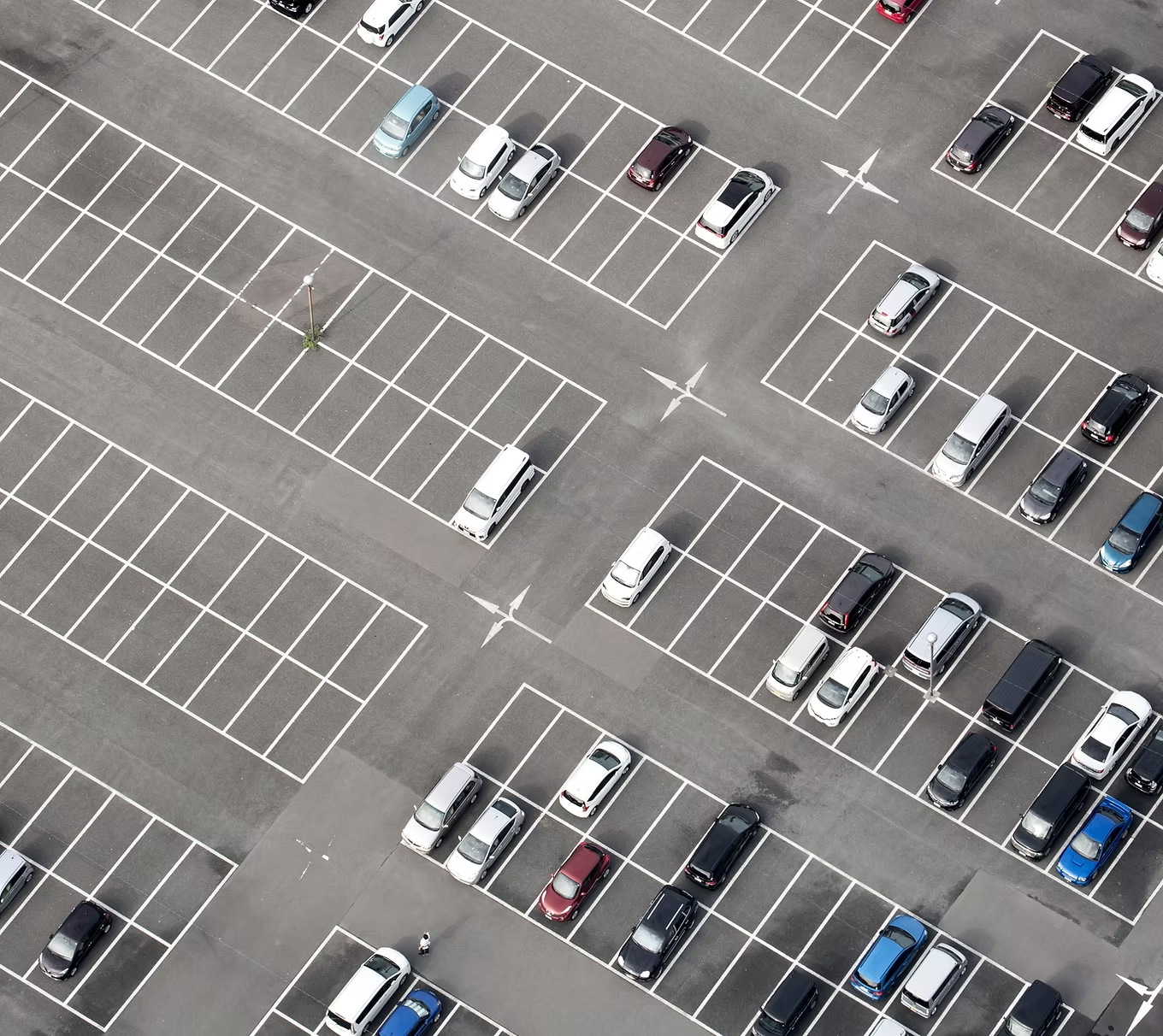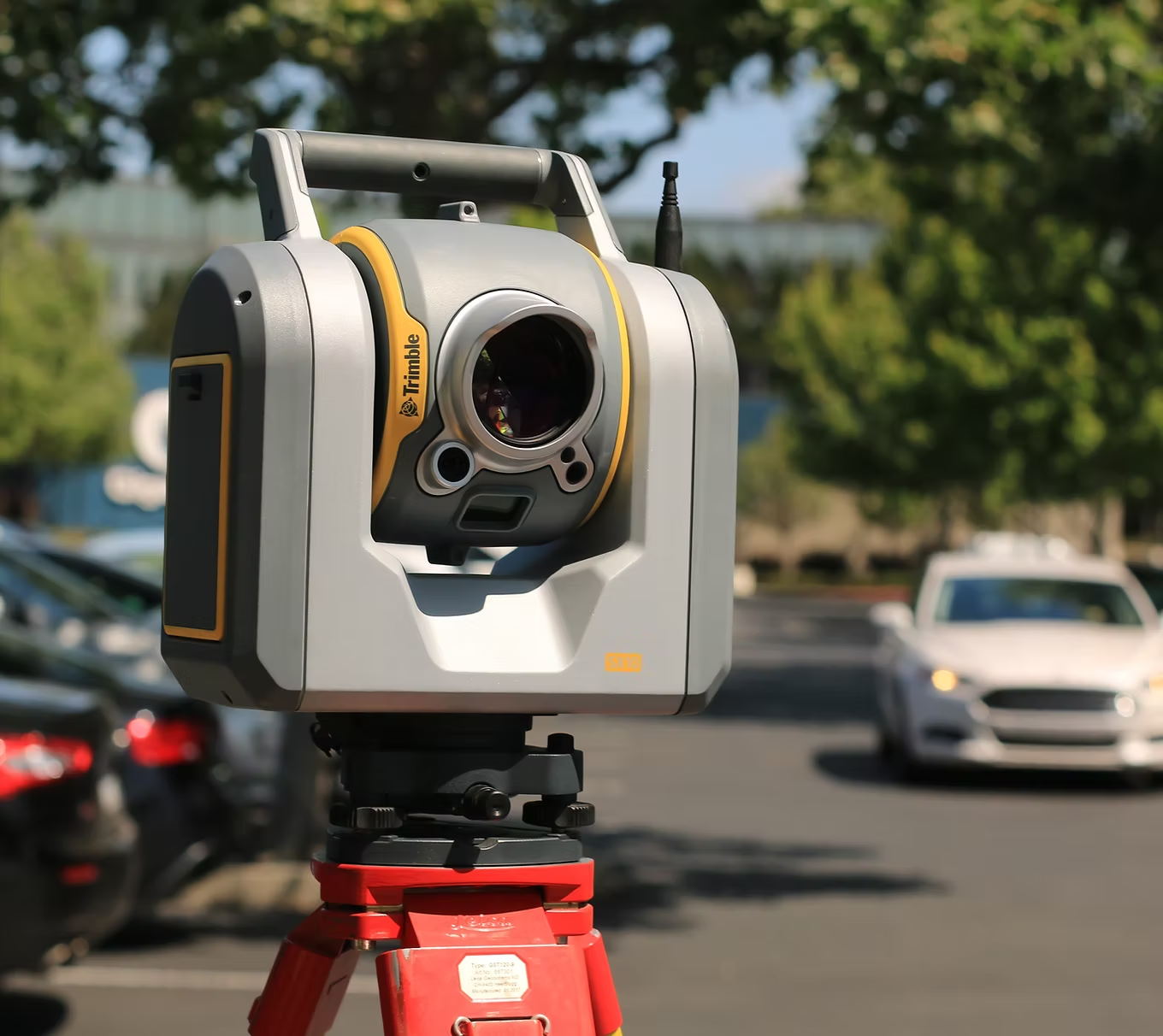
Project Description: Improving the resilience of Global Navigation Satellite Systems (GNSS) is crucial, especially in challenging environments where global positioning systems (GPS) signals can be weak or disrupted. Enabling Edge Artificial Intelligence (Edge AI) offers promising solutions that employ AI algorithms and models on edge devices without constant reliance on cloud infrastructures; especially in highly dense blockage environments, is an interesting area of research. Our strategy will explore how Edge AI can enhance GNSS resiliency in challenging scenarios by bringing intelligence to the edge node.
In dense urban environments, where reliable measurements are often inaccessible due to obstacles, Edge AI techniques can play a crucial role. When deploying Edge AI in dense blockage environments, such as urban canyons or indoor spaces, we will consider the following:
1. Edge Computing Infrastructure for GNSS Services:
- Setting up edge servers or devices close to the GNSS receivers to process AI algorithms locally. This minimizes latency and ensures real-time decision-making.
- Opting for low-power, compact edge devices that can handle AI workloads efficiently.
2. AI Algorithms for Signal Enhancement:
- Employing machine learning models to enhance GNSS signals affected by multipath reflections, interference, and blockages.
- Techniques like deep learning, Kalman filtering, and particle filters will be investigated for positioning accuracy enhancement by mitigating noisy measurements.
3. GNSS Abnormalities Detection and Mitigation
- Create a more robust GNSS system
- Employe multiple positioning sources for redundancy and come up with the concept of multi- level accuracy support
- Employe AI for GNSS abnormalities detection, abnormal behavior includes attacks and failures
- Come up with GNSS abnormalities mitigation techniques
4. Cooperative Learning
- Allow devices to share positioning information and learn in a cooperative approach using distributed learning
- This will allow low end devices to benefit from more capable devices with higher accuracy GNSS support
5. Map-Based Localization:
- Pre-existing maps will be leveraged, or local maps of the environment will be created. These maps can help in predicting GNSS signal blockages and aid in localization.
- Techniques like SLAM (Simultaneous Localization and Mapping) will be considered.
6. Dynamic Adaptation and Hybrid Positioning (Coexistence Networking Strategies (CNS):
- Implementing adaptive algorithms that adjust parameters based on real-time conditions.
- Hybrid positioning approaches provide redundancies and improve availability in challenging environments. For example, if a GNSS signal is blocked due to tall buildings, the system will be complemented by additional technologies such as Wi-Fi or Bluetooth for localization.
This project will employ Edge AI solutions that are tailored to the challenging environments and use cases. Regular testing and validation will be implemented to ensure reliable performance.
Prior-Year Results & Relationship to Proposed New Work: Even though this project is new, it is a continuation of the overall CARNATIONS V2X research activities. During the first year we analyzed the V2X communication systems employing the intelligent reflecting surfaces (IRS)-enabled Visible Light Communications (VLC) systems to improve link connectivity at road intersections. In this work, we proposed an optical intelligent reflecting surface (OIRS)-aided V2V system with an optimal irradiance angle method to guide the NLoS link towards the desired user in order to maximize the received power at the user. Further, for a given user distribution, we proposed a novel algorithm to find the optimal orientation of the OIRS element to produce the maximum power at the receiver. This year, we will consider vehicle mobility. In V2V systems, vehicle mobility significantly affects communication performance. Doppler shift due to vehicle movement can lead to frequency shifts in transmitted signals.
In addition, we have also explored various co-existing network strategies to make it GNSS system resilient subject to jamming and spoofing along with improving its coverage in Year 1. This year, we will explore different technologies like IRSs, machine learning, and spectrum management to enhance GNSS resiliency, especially toward overcoming challenges posed by urban canyons, signal blockage, and multipath effects.
US DOT Priorities: This research project directly targets the US DOT’s research priority area of Reducing Transportation Cybersecurity Risks. We will be investigating novel GNSS coexisting networking technologies to help ensure resilience to attacks such as jamming and spoofing. The unmitigated effects of such GNSS interference can cause cyber physical disruptions in transportation that can range from denial of service (shutdown of the transportation system) during a jamming event to a major threat to public safety in the case of a spoofing attack.
The results would ultimately provide insights on how to complement GNSS services that exist in the greater transportation ecosystem.
Outputs: In this work, we will examine how to enhance the availability of GNSS systems by leveraging Edge AI to improve resilience against jamming and spoofing. In this research project, we propose to:
- Deploy edge servers or devices near GNSS receivers for local AI processing and evaluate latency and enables real-time decision-making.
- Evaluate low-power, compact edge devices capable of efficient AI workloads.
- Propose techniques to enhance resilience in ways that yield acceptably low size, weight, and power budgets and satisfy sensor placement constraints.
- Create dynamic algorithms that adapt to real-time conditions.
- Mitigate risks like jamming, spoofing, and cyber-attacks to ensure GNSS data integrity and reliability.
Outcomes/Impacts: We expect interest in this research from employing Edge AI to improve the GNSS resiliency which will be useful for various transportation applications by making it secure and improved coverage. The outcome will result in useful design parameters to manufacturers and will actively encourage those on CARNATIONS teams to contribute feedback and collaborate throughout the effort.
Final Research Report: Upon completion of the project, we will a provide link to the final report.



